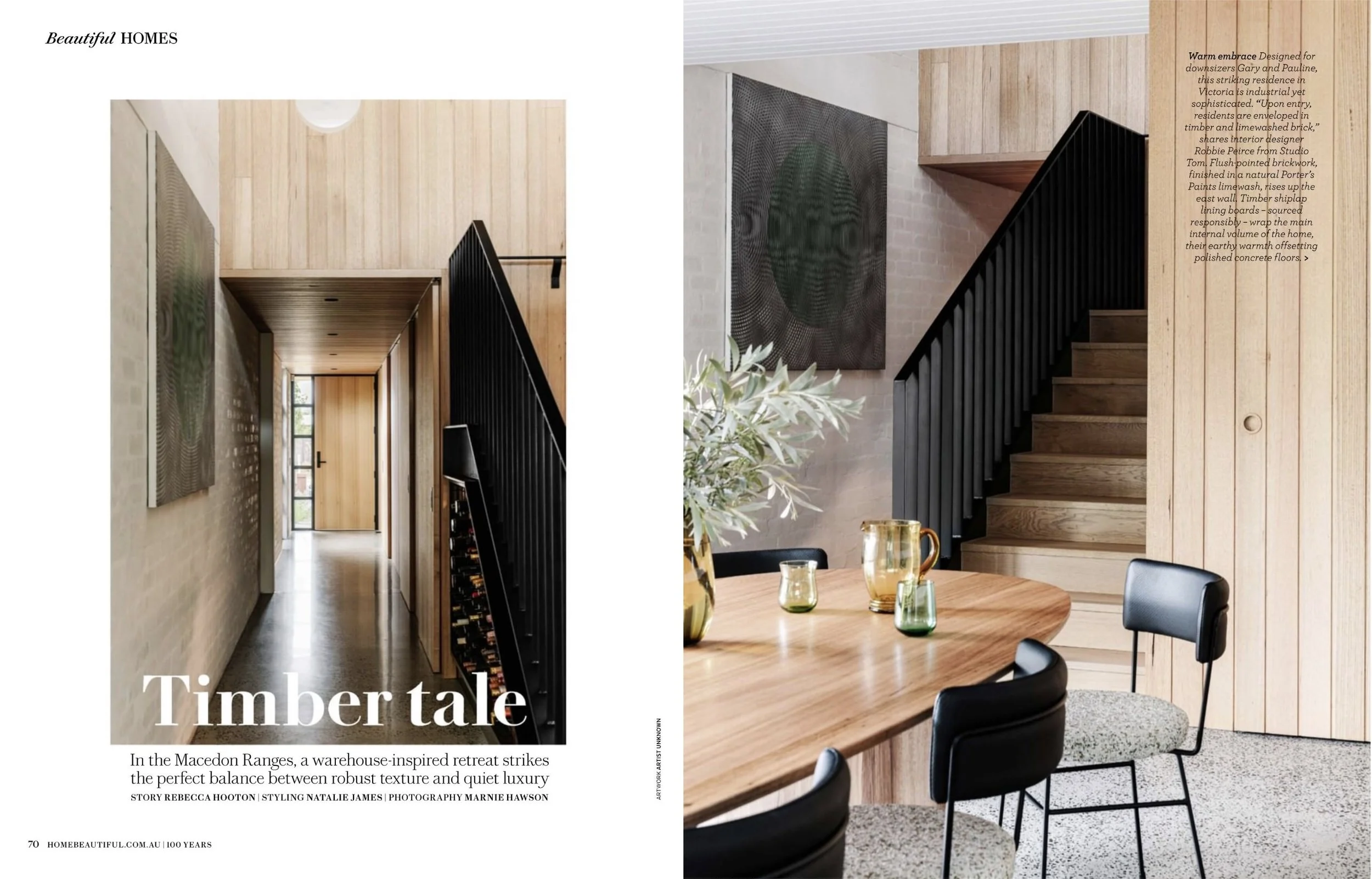Plastic nests and ChatGPT
THREE NEAT THINGS
My fortnightly newsletter - a dose of goodness, productivity hacks, and small business tips. Sign up here!
ISSUE 089 | June 2025
Last week was a big one - I signed up for a six-week course with The School of Climate Action Design (part of developing the next iteration of Business of Biodiversity program, coming later this year), met with a book publisher about an exciting project, photographed two projects, attended a HIP V. HYPE event about future materials, and then to a B Local Melbourne evening that involved a round of mini golf.
This week’s much quieter, which I’m happy for - a chance to get stuck into some deep work.
Here are three neat things on my mind.
Marnie x
1
What’s the carbon footprint of using ChatGPT?
ChatGPT’s carbon footprint is tiny - around 3 watt-hours per prompt. Even daily use adds up to very little. Instead of worrying about AI tools, we’re better off focusing on the bigger contributors to energy use.
It’s a common concern - but the full story is in Sustainability by Numbers.
2
World Environment Day
I found a bird’s nest on the side of the road on the weekend. Tucked in the branches - woven with twigs, was a multitude of plastic strips.
Plastic turns up everywhere now, even in places it shouldn’t. World Environment Day is 5 June, and this year it’s all about plastic pollution. The theme this year is a push to reduce, reuse and rethink how we use plastic.
That nest was a good reminder - we’ve got work to do.
3
In the press
This Macedon Ranges home by Studio Tom balances texture, warmth and purpose. Featuring recycled brick, low-tox finishes and natural timber, it shows how thoughtful design can lower impact without losing comfort.
Read now in the June issue of Home Beautiful., free via the Libby App (all you need is a library membership).




